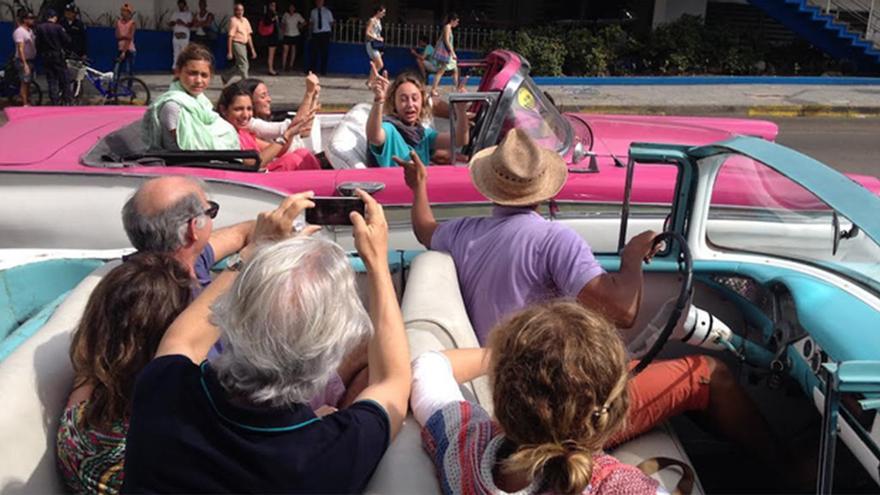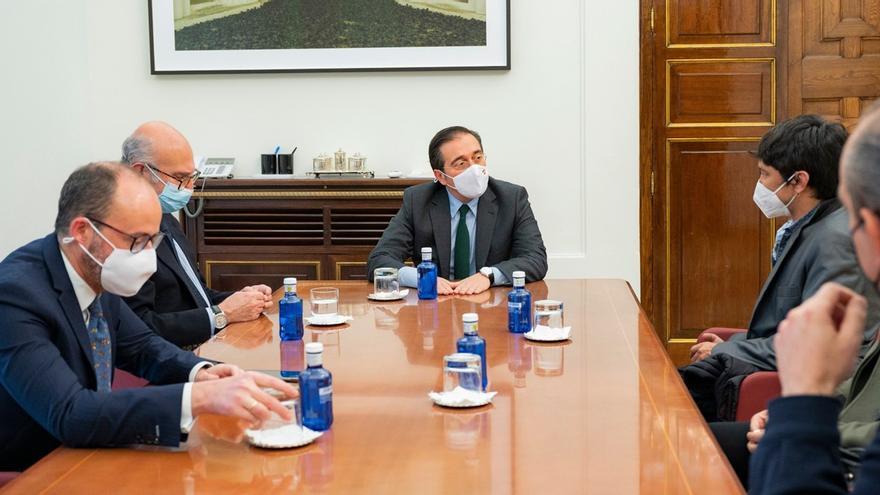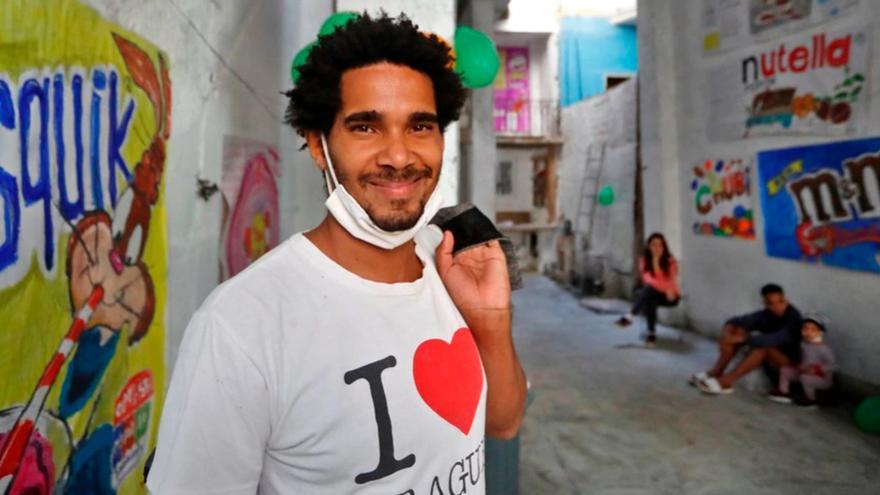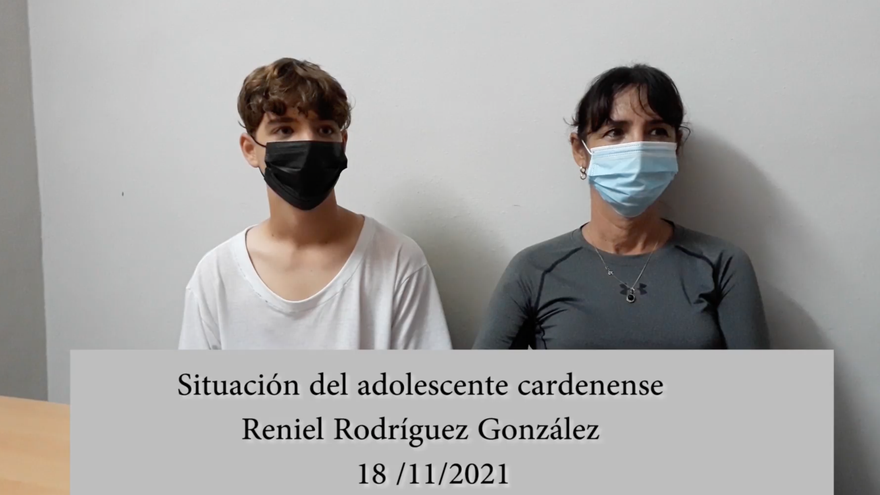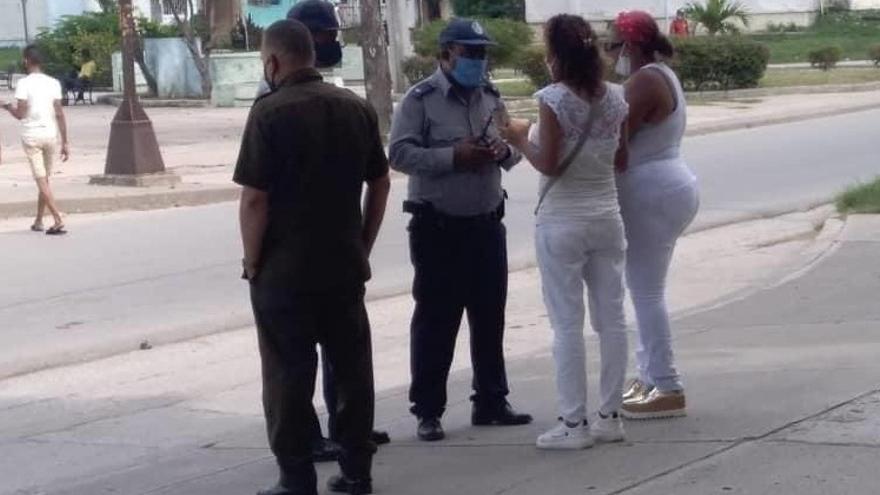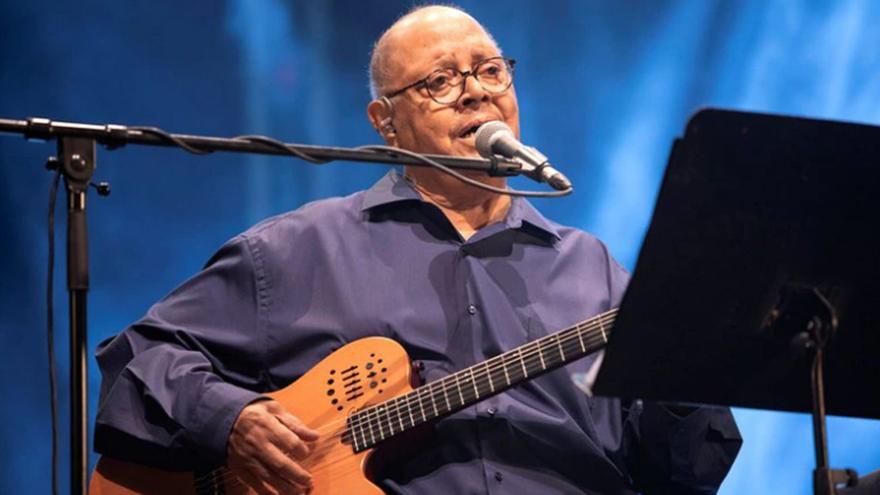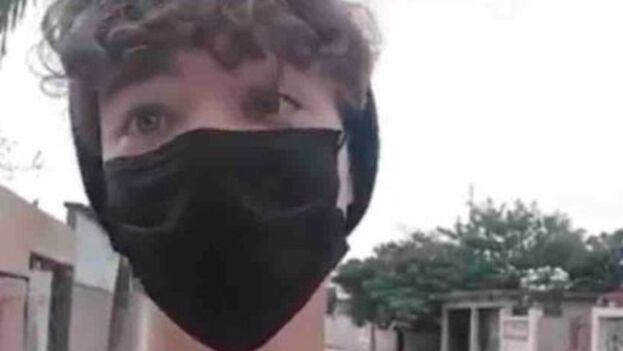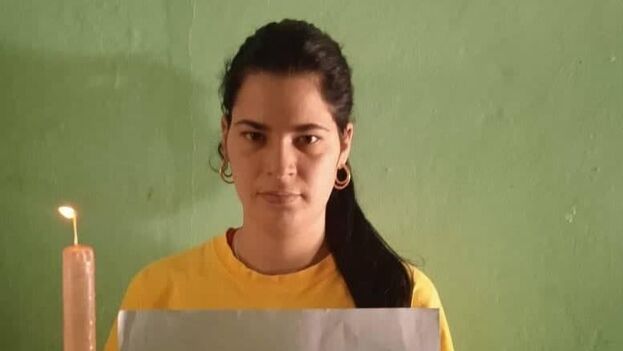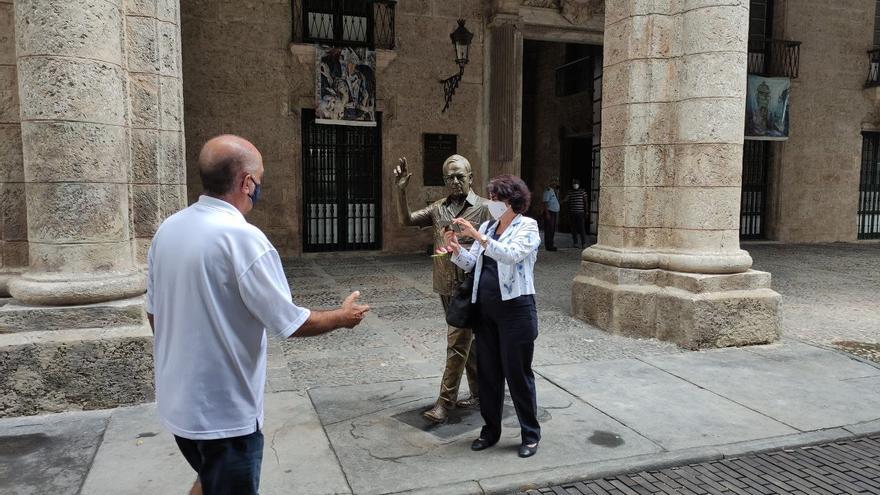
![]() 14ymedio, Elías Amor Bravo, Economist, 20 November 2021 — The failure of the communist social model imposed by the Castro regime for 62 years has one of its most obvious results in transportation.
14ymedio, Elías Amor Bravo, Economist, 20 November 2021 — The failure of the communist social model imposed by the Castro regime for 62 years has one of its most obvious results in transportation.
In Cuba, unlike in the rest of the countries of the world, mobility depends on the existence of a state service, by bus or train or by horse-drawn carriage when things go wrong, but there is no independent and private transport.
The fleet of private cars is minimal and, because we do not track it, there are no statistics on how many cars circulate in the country. In Cuba, access to a private car as an investment is impossible for the vast majority of the population. The first cars that were put up for sale, those ridiculous Peugeots, were offered for scandalous prices that generated no little controversy. The private car is a luxury.
In such conditions, the mobility of people depends on the existence of national bus terminals in the different provinces and on services, under a monopoly regime, to which there is no choice but to resort when it comes to a travel for any reason. continue reading
Passenger transport by bus accounted for 62% of conventional means and 47% of the total. The alternative is a train that does not offer guaranteed departures or arrivals, and that meets 0.2% of the demand. Finally, travel by means of an ox or horse cart, the so-called animal traction, reached 27% of the total, in the official statistics of the ONEI.
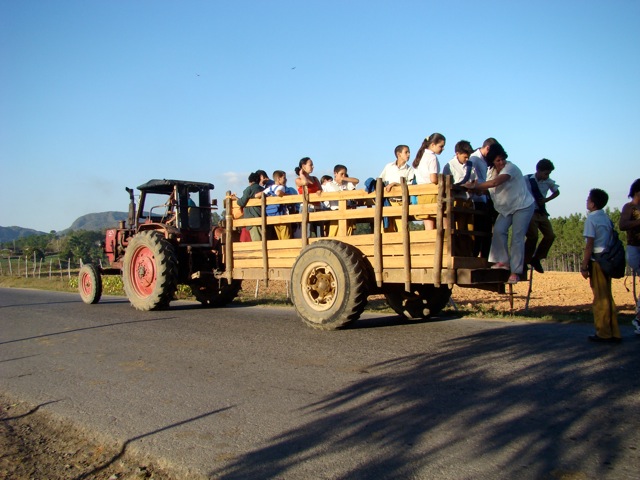
This being the case, mobility is a failure of the model, because all the service goes through the state, which has to invest in the purchase of buses, but also in terminals, spare parts, technology, internet, etc. So much so that, in the end, we have bitten off more than we can chew.
Now that the nation is beginning to regain a certain normality after the COVID-19 pandemic that required people be immobilized, the transport sector is showing a series of deficiencies and is unable to meet the increasing demand.
Changing the model is not possible. Cubans will not be able to buy cars, as in other countries, to achieve their free and independent mobility. The state will continue to provide the service under a monopoly regime. With known deficiencies. So what can we expect from all of this?

Little or nothing. An article in Cubadebate entitled “Interprovincial transport: a service on wheels?”explain some interesting things.
The authorities have set to work starting where they always have: service planning. An activity that consumes time and effort, and then leads to nothing because the plans are not met. And so, for example, it is found that of 19 planned departures in a terminal, only 9 left in these first days of the return to normality.
This is a good a priori data. That there is more supply than demand is a rarity in the Cuban economy where the usual thing is that there is a deficit, a shortage and this requires rationing.
So, how is it possible that interprovincial transport has these results? It seems it is due to planning errors. Those responsible decided to launch the same departures as before the pandemic, and of course, things have changed and no one seems to have realized it. The state planner to his own.
Produce routines, orders and processes, and then make mistakes. The reason is simple. The planner has no idea of the needs of the market. He plans because it is his thing, but he has never studied marketing in his life, nor does he base his calculations on market studies. Not interested. His goal is the plan. And we see the results. Routes and more routes, and then the buses do not leave or they go empty.
And above all, they believe that acting in this way is correct, even when it is recognized that they still do not cover most of the demand. In other words, they are committed to programming services that have less demand than supply, and there are others that are neglected. The state planner to his own.
Which is precisely not listening to people and attending to their needs. What for? Everyone’s salary will be charged regardless of the service and profits of the company. The state will cover the losses with subsidies and start over. And so we get to the source of the problem. The provision of transportation service by the state generates a perverse dynamic of dependence of this activity on the subsidies of the regime. Precisely when in the rest of the countries of the world, passenger transport is private, either with people’s own cars, or through private transport companies that earn money from the services they provide.
The directors of the state transport companies live calmly, because the consumer is not the king. And if they complain, it can be worse. They obey another monarch, the communist party, which arbitrarily and with political criteria, says what has to be done, and what does not.
And this is the second derivative of the problem. The first, state provision, the second communist interference. And with these ingredients, you have to think about how the basket that is manufactured is going to come out: of course, badly and full of holes.
Added to this are the problems derived from the lack of profitability, such as the lack of investment in new buses or in spare parts for tires or batteries, among others, which makes it impossible to respond quickly to unexpected increases in demand.
And if the bus is a failure, however you look at it, the railroad is even worse. The low use of this means of transport by passengers is due to the absolute neglect of the authorities. The design of the network, for example, has hardly changed from what existed before 1959.

On the other hand, private transport through the formal and informal ride-sharing system is used by the population, but since it is a sector regulated and intervened in by the state, it prevents an efficient provision of services, as it could be verified when the Ordering Task* came into effect and official rates were applied.
In the midst of this panorama, something appears that has caught the attention of analysts in relation to transport, and it is the spectacular increase in prices. The measurement of the inflation rate of the Cuban economy by ONEI, as of this October (latest published data) places the increase in the general price level at 66.3%, one of the highest in Latin America.
But if inflation has risen significantly, the component of the index that has risen the most has been, curiously, Transport, nothing more and nothing less than 174.7%, more than double the average, and a three-digit rate that is alarming due to its intensity, and above all, because it has an effect on the prices of other goods and services.
Thus, the return to normality in the last three weeks has coincided with a spectacular increase in transport prices and, perhaps because of this, demand is contained and does not reach pre-pandemic levels. The communists disdain the market and the laws of supply and demand, but one day they will have no choice but to recognize that they work and work much better than that silly planning that from year to year produces defaults and failures.
The highlight of this outbreak of inflation is that it starts from a time when demand was contained. Its origin is in production costs (energy) and is explained by the measures adopted in the Ordering Task, which have moved the Cuban economy away from the price stability that it had been experiencing until 2019.
With the diminished purchasing power of wages and pensions, and a low capacity to save, Cubans will reduce their demand for transport if prices do not return to levels compatible with the purchasing power of the population. And that would bring a greater need for state subsidies for companies, which goes against the Ordering Task. The transport sector is thus trapped in a vicious circle from which it will not easily escape, and the responsibility for this is squarely on the regime.
As indicated in the Cubadebate report, communists always blame others for their failures, they are incapable of taking responsibility for the country’s economic disaster. Now it is unscrupulous individuals who raise prices to take advantage of people.
Messages of the style that people take advantage of the situation, of problems, to earn money, go against the rationality of economic activity and are a populist hindrance that does not help to solve a problem which, like many others in Cuba is arranged with more freedom and choice. Transportation is a sector that should be privatized in its entirety.
*Translator’s note: Tarea ordenamiento = The [so-called] ‘Ordering Task’ which is a collection of measures that includes eliminating the Cuban Convertible Peso (CUC), leaving the Cuban peso as the only national currency, raising prices, raising salaries (but not as much as prices), opening stores that take payment only in hard currency which must be in the form of specially issued pre-paid debit cards, and others.
____________
COLLABORATE WITH OUR WORK: The 14ymedio team is committed to practicing serious journalism that reflects Cuba’s reality in all its depth. Thank you for joining us on this long journey. We invite you to continue supporting us by becoming a member of 14ymedio now. Together we can continue transforming journalism in Cuba.

